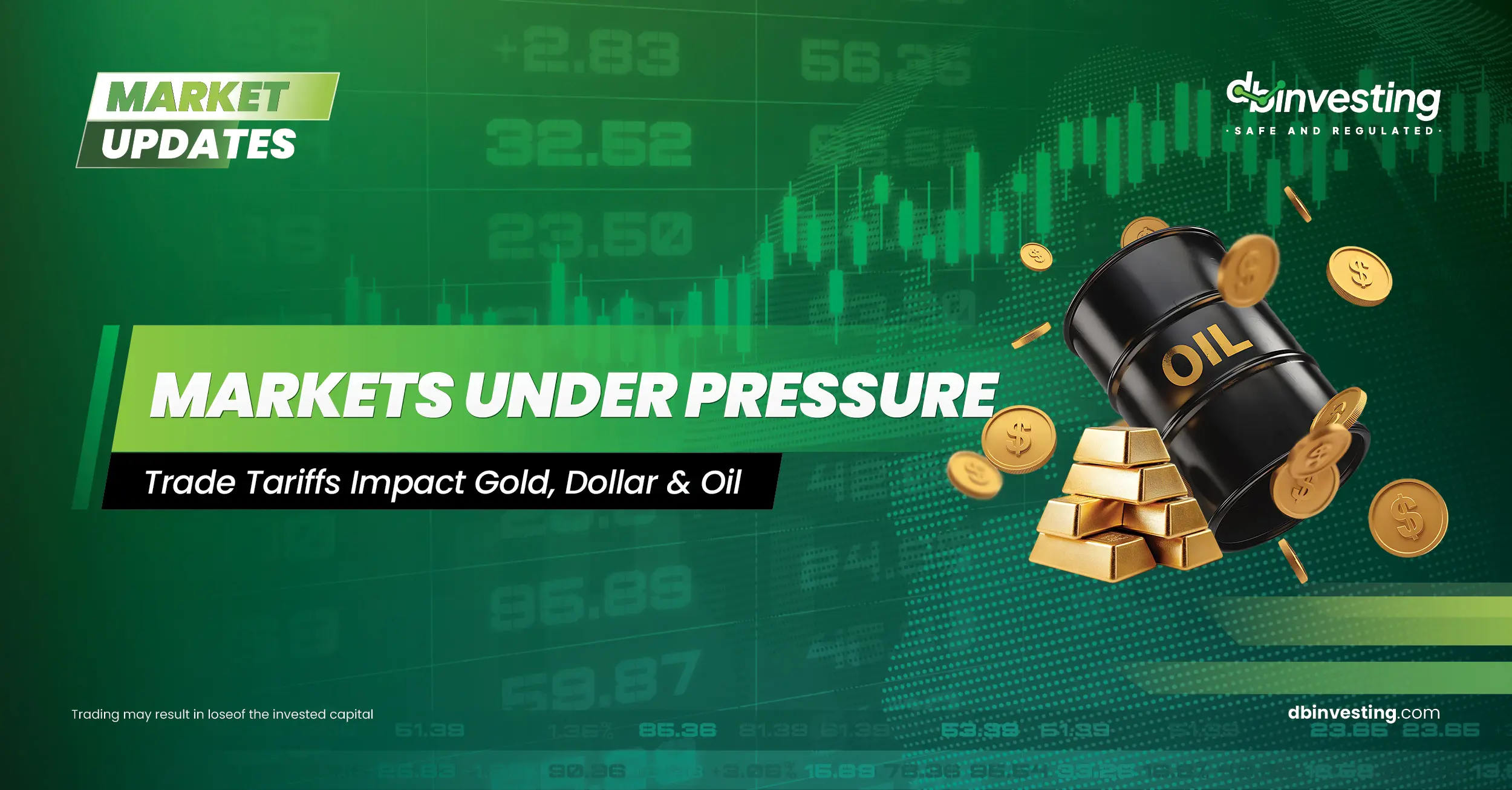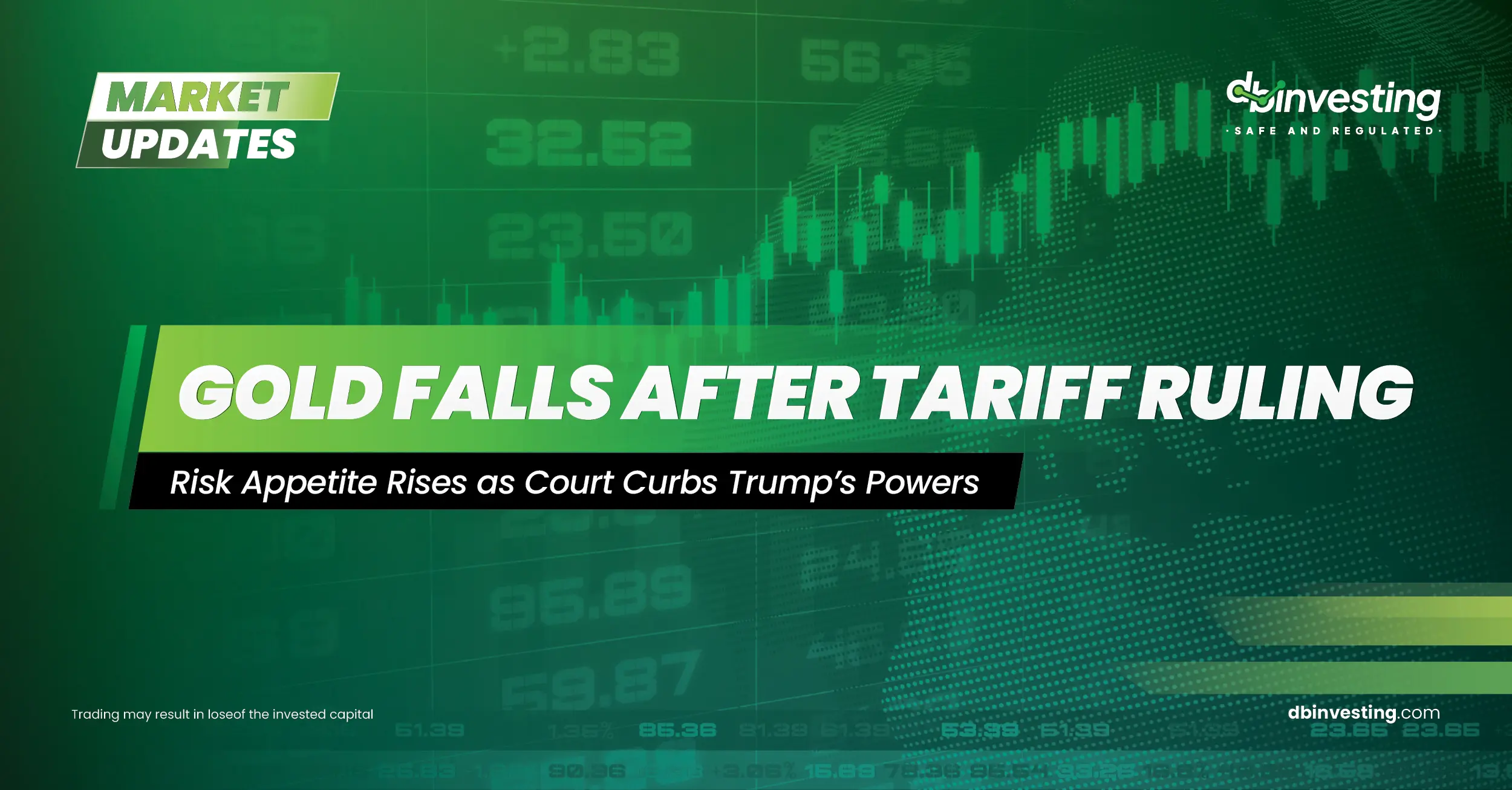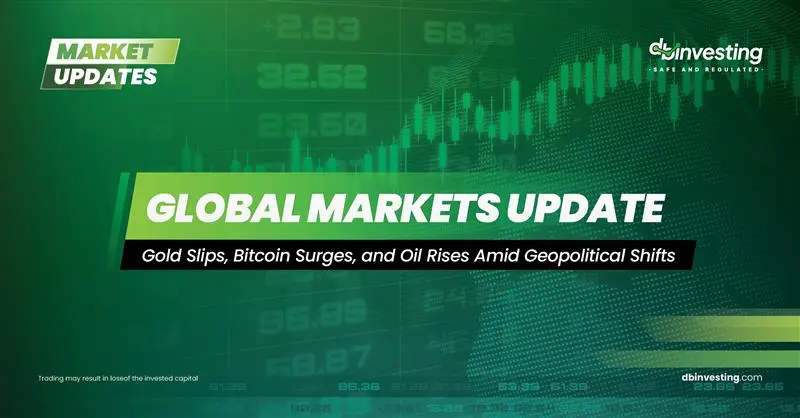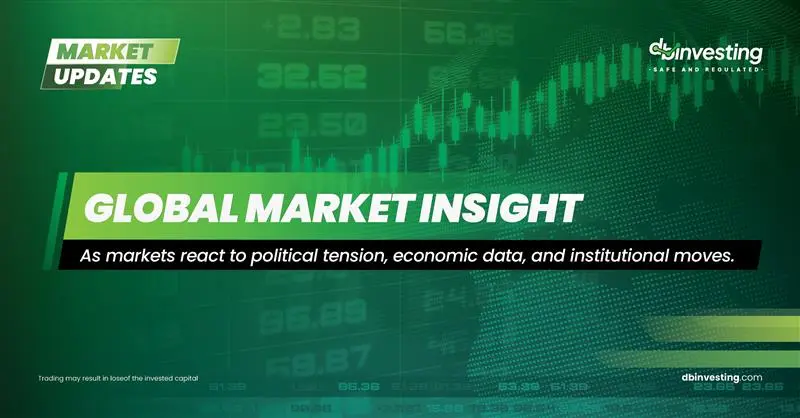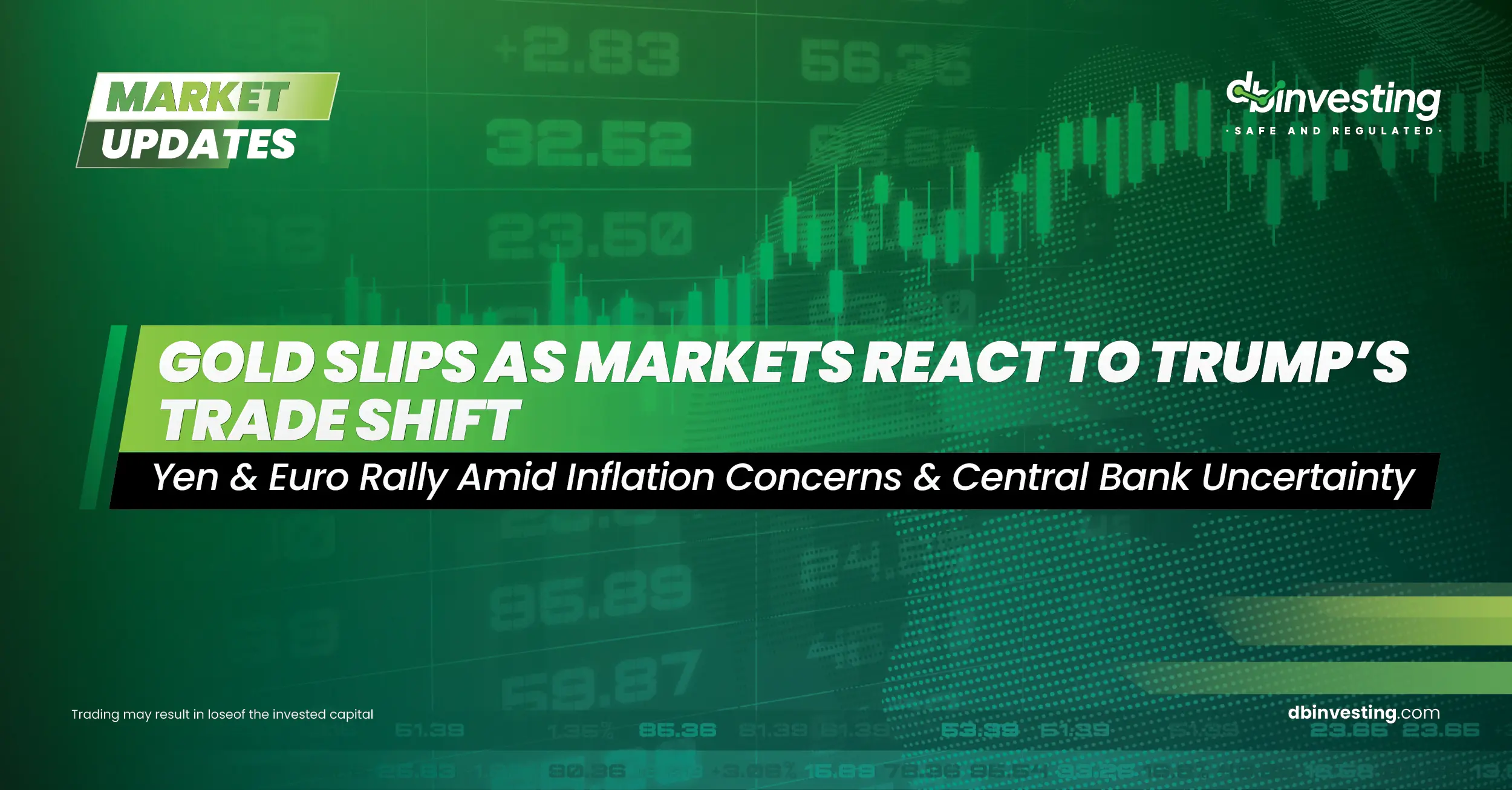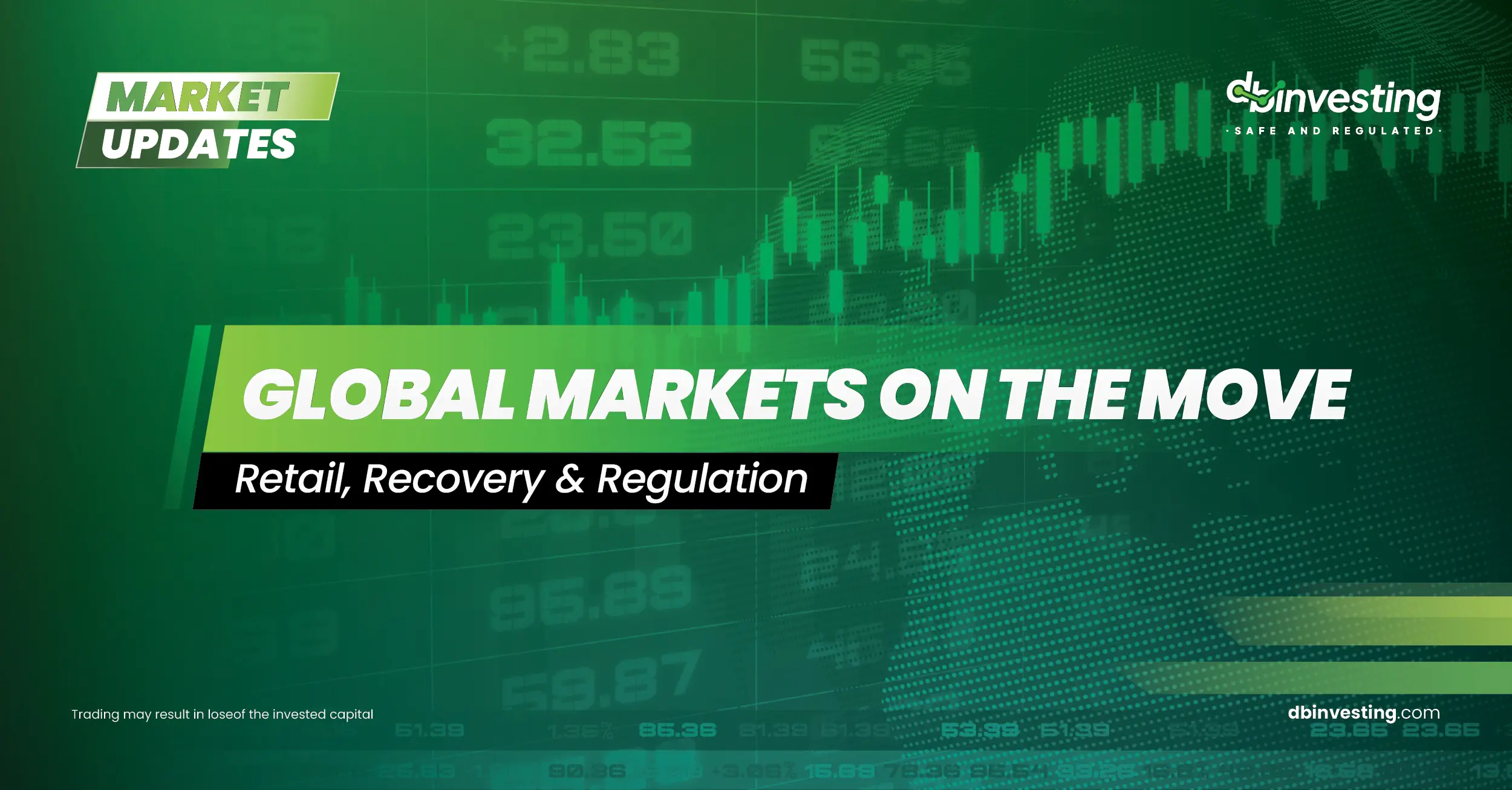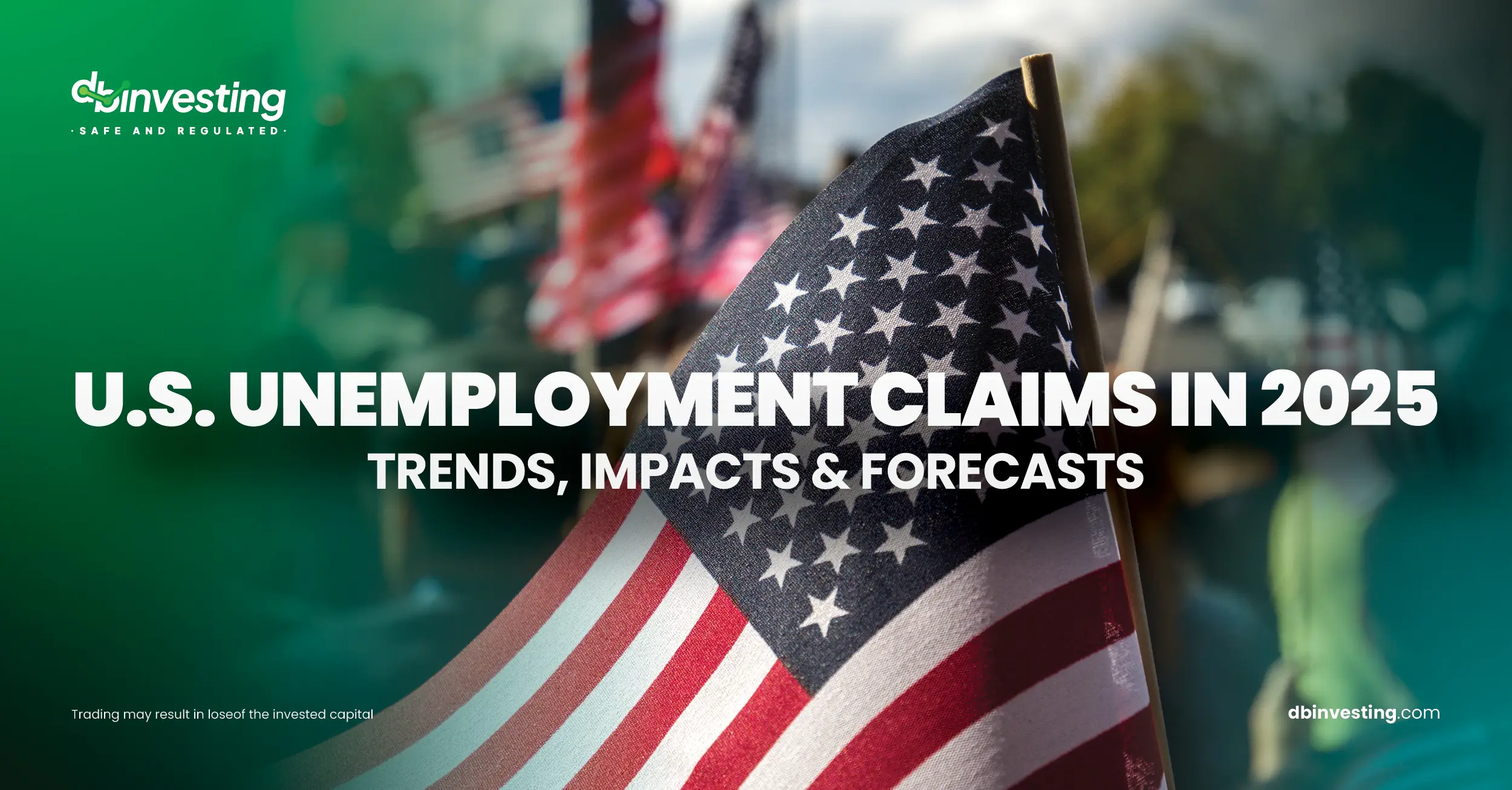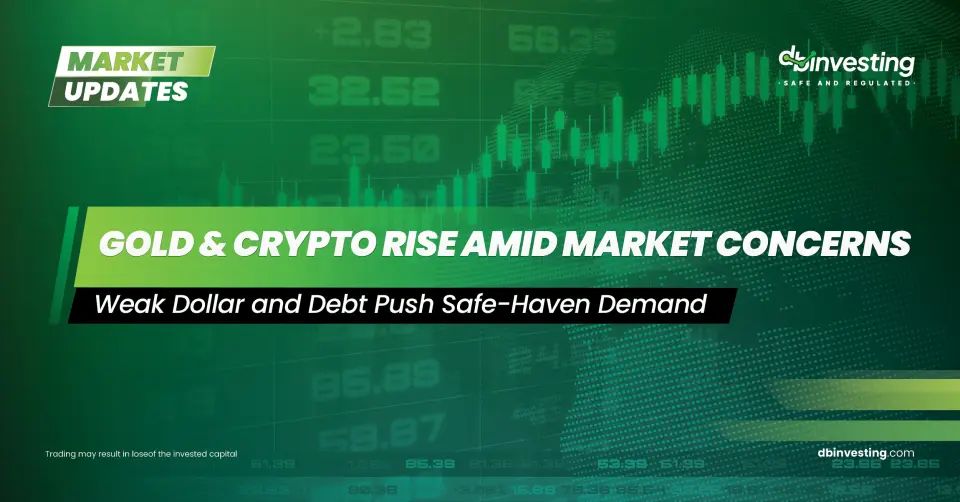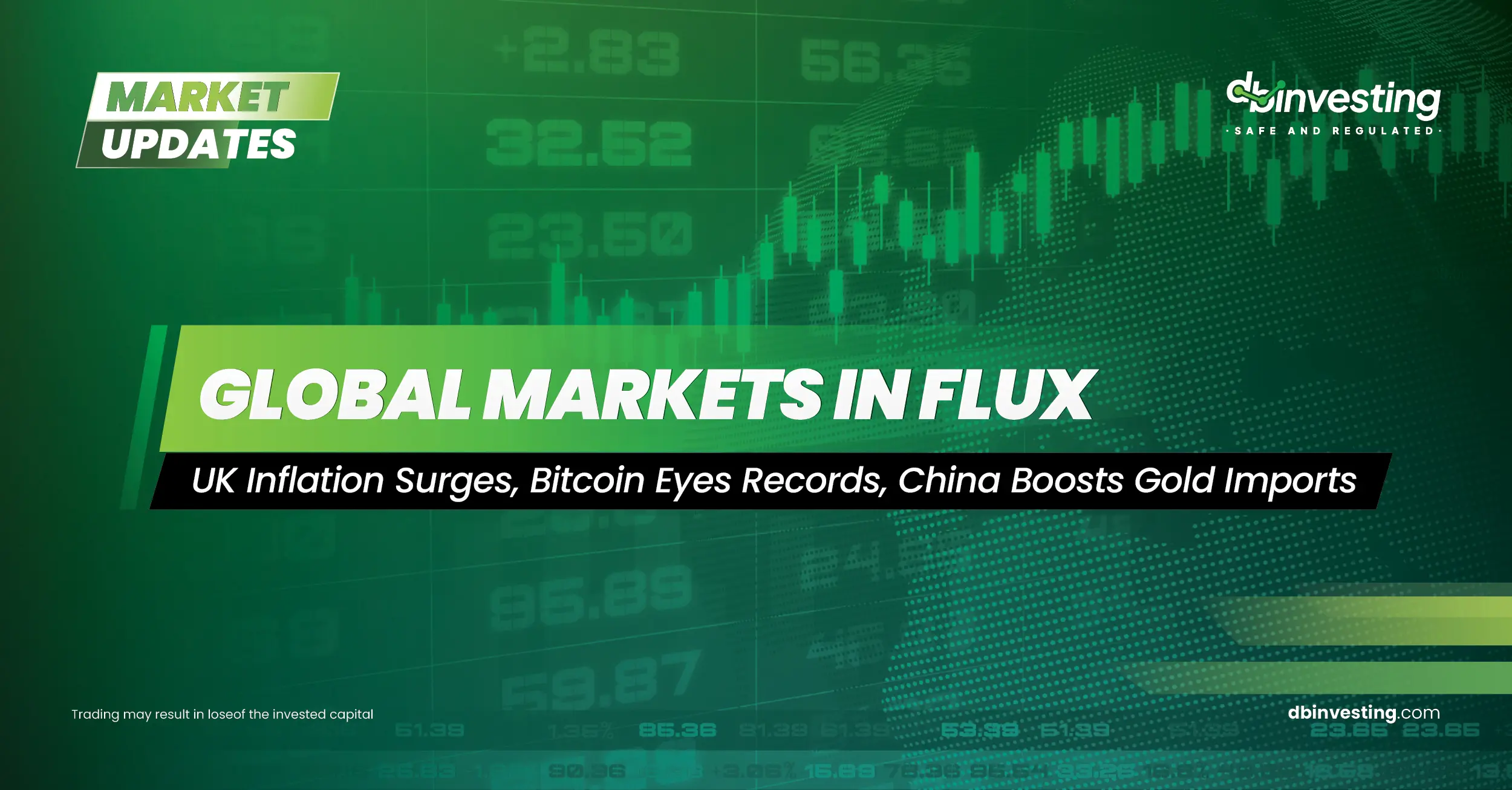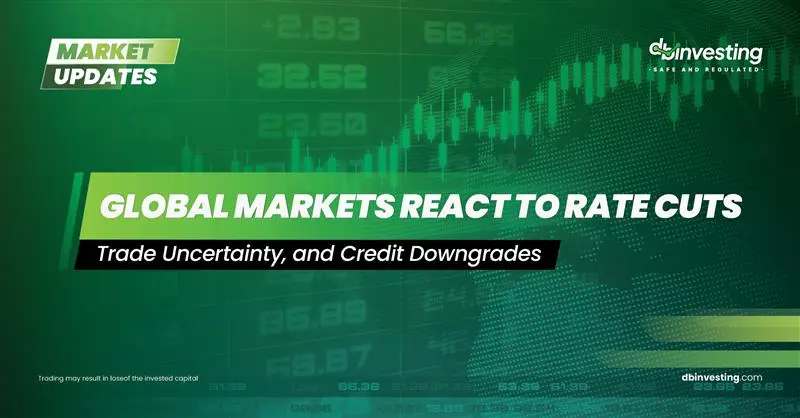Asian Markets Update Amid Trade Uncertainty
1. Gold and Dollar Movement
Gold prices fell in Asian trading on Friday, pressured by a strong US dollar despite legal uncertainties surrounding President Trump’s trade tariffs. The yellow metal was heading for a weekly decline, with only limited support from rising uncertainty over tariffs. After a US court temporarily reinstated Trump’s tariff schedule, gold prices slightly rose on Thursday but couldn’t recover earlier losses.
The strong dollar, boosted by positive US economic data, weighed heavily on gold and other metals as markets prepared for a key inflation report—the Personal Consumption Expenditures (PCE) price index. This measure, favored by the Federal Reserve, is expected to show inflation steady in April, reducing the likelihood of interest rate cuts.
2. Currency Markets and Trade Talks
Most Asian currencies traded in a narrow range on Friday, while the dollar slightly recovered after a federal appeals court reinstated Trump’s tariffs, which were briefly blocked by a trade court. Market sentiment toward regional markets was dampened by US Treasury officials’ remarks that trade talks with China have stalled recently, weakening optimism for tariff relief.
The Japanese yen rose, supported by safe-haven demand and data showing persistent high inflation in Japan.
3. Oil Market Outlook
Oil prices declined in Asian trading, heading toward a weekly loss amid growing uncertainty about Trump’s tariffs and their economic impact, especially on medium- to long-term demand forecasts. Traders fear that full implementation of tariffs could hurt economic growth and reduce oil demand.
OPEC+ members are scheduled to meet on Saturday to decide on a potential production increase in July. Expectations for output increases have slightly softened after the cartel maintained its official production quotas earlier this week.
Attention is also on a dispute between Kazakhstan and OPEC+, as Kazakhstan rejected calls to cut production.
Conclusion:
The ongoing trade tariff uncertainties continue to influence key markets—gold, currencies, and oil—while upcoming inflation data and OPEC+ decisions will likely set the tone for short- to medium-term market direction.
